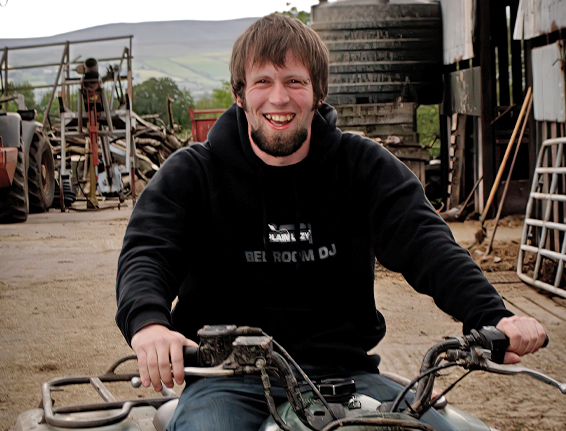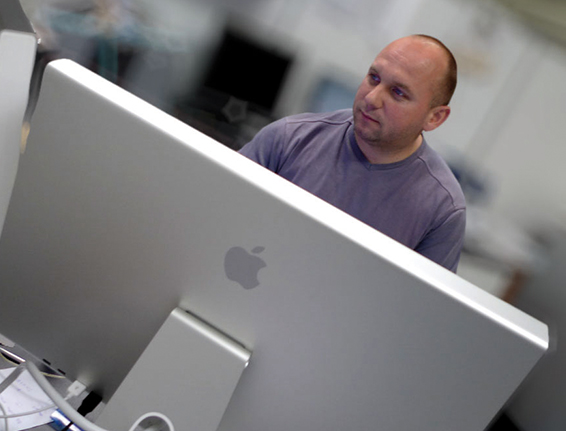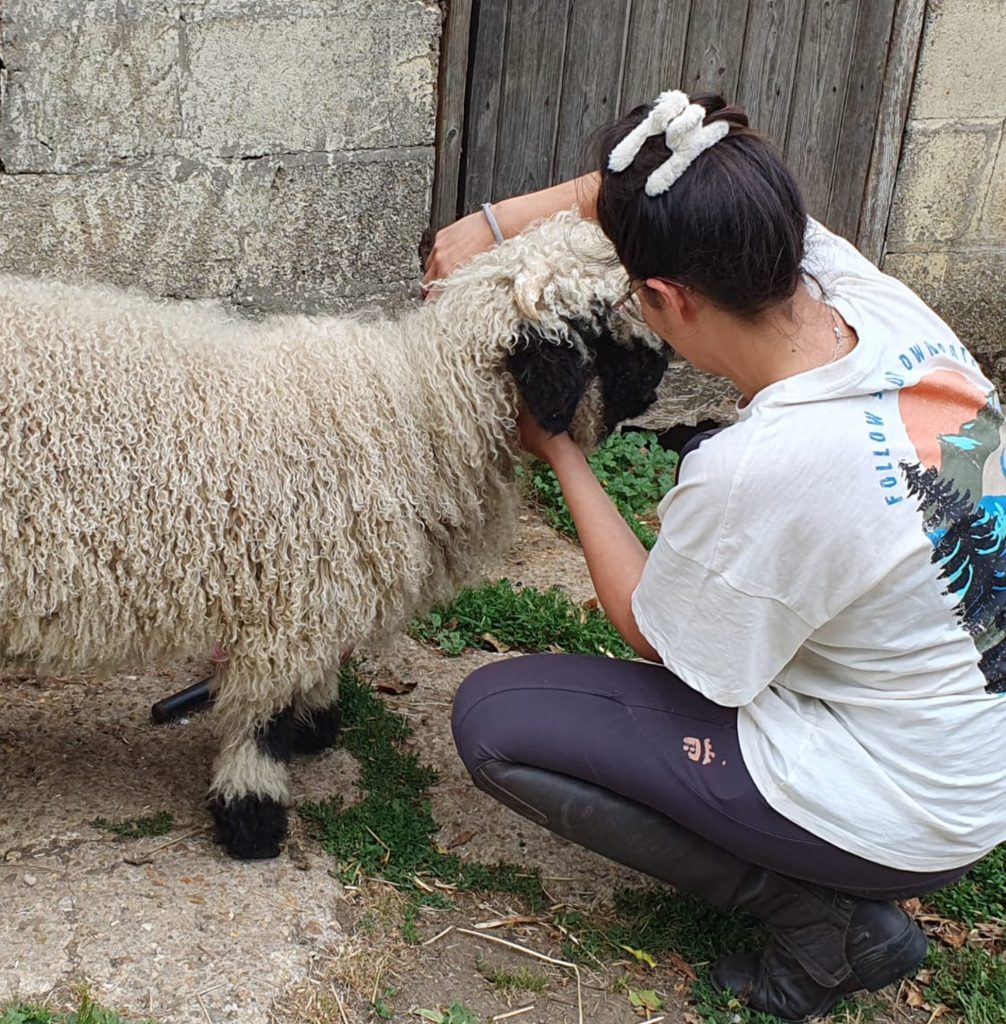Our professional duty of care is always to the injured client.
In our extensive experience, communication with all parties with regular update reports, feedback and conference calls are essential to building trust in the rehabilitation process.

Mr Bates was a 27 year old man working alongside his father on the family farm when he injured his foot following a fall.
He had fractured the metatarsal bone in his foot, an unusual fracture known in the medical profession as a ‘Jones fracture’. Fractures to this particular area of the foot are slow to heal with healing often delayed and in some cases the bone fails to unite.
Mr Bates was referred to an occupational therapist/case manager from Independence Works six months after his accident. At this stage he was motivated to return to work but was still experiencing prolonged pain and symptoms to his foot. Since exposure to cold and damp weather (an unavoidable part of farming) particularly aggravated his symptoms, this was identified as a key area to be addressed in order for him to return to work.
Returning to work on the farm
The occupational therapist completed a worksite site assessment to gain further understanding of the physical demands of Mr Bates’ work role and his work environment. They discussed the observed physical demands of his work role with his treating orthopaedic consultant and gained medical support for Mr Bates to return to work. The occupational therapist developed a graded return to work programme, which allowed Mr Bates to return to work part time, gradually increasing his hours and responsibilities over an agreed time frame.
Full time hours
Safety boots were part of Mr Bates’ work attire however the steel toecap boots he had previously worn proved painful and heavy for him following his injury. The occupational therapist sourced lightweight safety boots together with reusable heat packs for him to wear in the boots to keep his feet warm, funded by the insurance company involved. Both the boots and the heat packs helped reduce the effects of the cold and facilitated Mr Bates to return to full time hours.
Mr Bates successfully returned to his full pre-injury role as a farmer on the family farm.

Mr Campbell was 26 years old when he sustained an injury to his left eye as a result of an accident whilst at work.
The injury had significantly affected the vision in Mr Campbell’s left eye. At the point of referral to an occupational therapist/case manager, Mr Campbell felt ready to return to work but did not wish to return to his pre-injury role as a turf harvester due to the outdoor nature of the job and its physical demands.
Getting Mr Campbell back to work
Mr Campbell was however keen to return to a different role with his existing employer if possible. The occupational therapist contacted Mr Campbell’s employer and arranged a meeting and worksite assessment. During this meeting she assessed the environment in relation to Mr Campbell’s pre-injury role and discussed potential alternative roles. Mr Campbell’s employer was brought up to date regarding his condition, function and fitness for work.
Alternative office based role
It was agreed that Mr Campbell would not return to his pre-injury role and his employer identified an alternative office based role, completing web design and maintenance, offering on the job training. The occupational therapist developed a graded return to work programme to account for any visual fatigue Mr Campbell might have experienced following a long period of absence and maintained frequent and close liaison with him and his employer, providing continued support and advice. Mr Campbell successfully returned to full-time work with his pre-injury employer, in a new role. He was able to manage the role effectively and reported that he felt he had found a new career for the future.

Mr Edwards was a 52 year old man working in a factory when he was hit by a forklift truck, sustaining a comminuted fracture of his right tibia and fibula, a small fracture in his right ankle, and a comminuted fracture of his left ankle.
Mr Edwards’ right tibia and fibula had been internally fixed with a metal rod and his left ankle fixed with four screws and a metal plate. When the occupational therapist/case manager visited him three months after the accident he was in chronic pain and unable to walk without the aid of elbow crutches. He had lost fitness and stamina, was unable to drive, and was understandably low in mood. He definitely did not want to return to work near forklift trucks in the future. Mr Edwards attended out-patient physiotherapy through the NHS – the case manager remained in contact with him throughout this period, encouraging him to set small goals relating to increasing his walking tolerance, returning to purposeful activity and maintaining a good sleep routine.
Getting Mr Edwards back to work
The occupational therapist/case manager arranged a meeting with Mr Edwards’ employer to discuss re-deploying him within the company, based on his transferable skills and qualifications. She encouraged Mr Edwards to write a formal CV, submit this to his employer and to follow this up. She wrote to Mr Edwards’ GP concerning regarding his fitness to return to work and his pain medication which was making him drowsy and interfering with his ability to drive safely. As a result the GP supplied him with alternative medication and signed Mr Edwards fit for light duties.
Office-based role four days a week
A year and six months after his accident Mr Edwards returned to work despite the fact that he continued to experience pain in his left leg. He was re-deployed into an office-based role four days a week with a view to increasing this to five days once he was able to manage these hours. He continues in this full-time employment two years on.

Miss Thompson was working as a groom when she sustained multiple fractures to her left tibia in an accident at work involving a horse.
Miss Thompson was 22 years old at the time of the accident. When the occupational therapist/case manager met her at her home, she had been in an Ilizarov frame (an external metal circular brace wired into the bone) for approximately a year and had an unhealed fracture which was misaligned and causing a deformity. She was in chronic pain and had reoccurring infections to her pin sites, which disturbed her ability to sleep. She was struggling to care for her three year old child and could not walk without crutches.
Second opinion on Miss Thompson’s treatment
The occupational therapist/case manager arranged funding from the insurance company for a private appointment with an orthopaedic surgeon in order to obtain a second opinion on Miss Thompson’s treatment. This was arranged within two weeks of the assessment visit and raised the possible need for bone graft surgery. Following liaison with the GP the occupational therapist arranged for another private appointment with an Orthopaedic Surgeon who specialised in non-union and who could admit Miss Thompson. The GP agreed to refer Miss Thompson to the same consultant through the NHS.
Walking with only a slight limp
Miss Thompson was seen privately, and a week later the orthopaedic surgeon removed her Lizeroth frame and put her in full-length plaster (through the NHS, as an urgent case). Two months later this was removed and she was allowed to put full weight through her leg. The insurance company agreed to fund private physiotherapy to address the loss of range of movement in her ankle joint and altered gait, and as a result Miss Thompson walks with only a slight limp.
Finding alternative employment
The occupational therapist/case manager arranged for Miss Thompson to have career advice in order to assist her to examine her qualifications, skills and ability to find alternative employment. She decided to begin an access course at her local college, which has excellent child care facilities.
